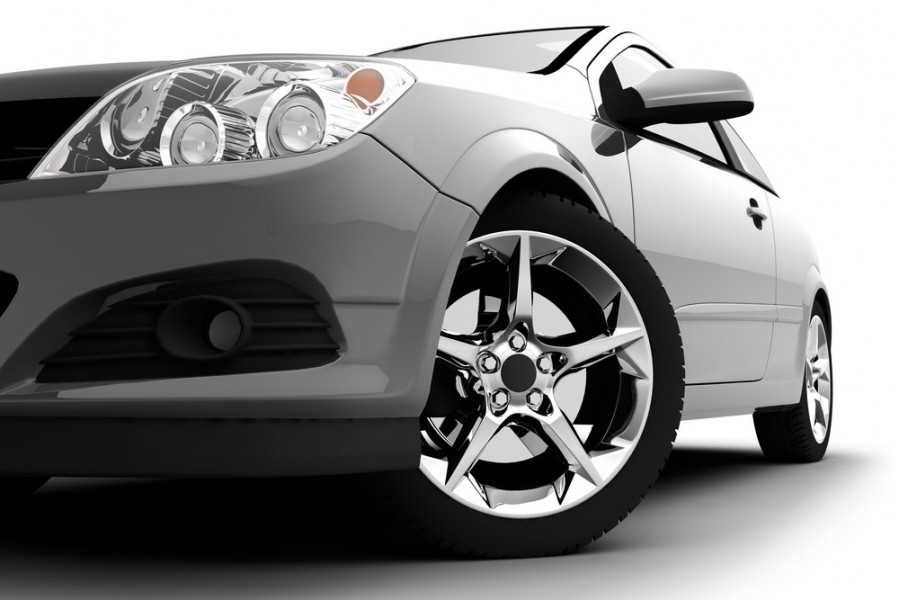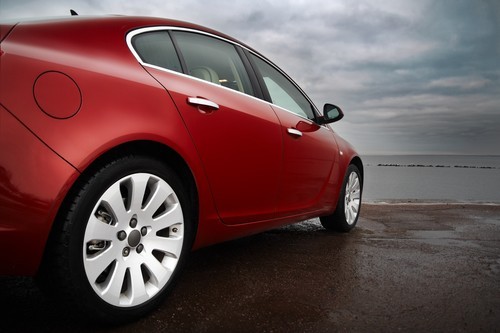What is Better--FWD or RWD?

If you talk to some people front-wheel drive (FWD) is the only way to travel, while others will swear that rear-wheel drive (RWD) is superior in every way. If you get Ford and Chevy truck owners together, you will likely hear the FWD vs. RWD debate eventually.
At Hendrick Collision Jimmie Johnson Chevrolet, we see a ton of trucks in San Diego and all over the State of CA, so we decided to do a blog about this argument and present both sides of it.
Rear-Wheel Drive Advantages
RWD has been in existence as long as cars were on the planet. Early car technology had issues trying to reliably deliver power directly to the wheels, so RWD was the best way to go during the early years.
When supporters of RWD cars will often boast about their exemplary handling, they will also point out that each set of tires (both front and rear) simply has one task to perform.
 With RWD, the rear wheels provide the power, while the front wheels do all of the steering. In theory, this gives the car added grip in turns by leveling out the demand on the four tires.
With RWD, the rear wheels provide the power, while the front wheels do all of the steering. In theory, this gives the car added grip in turns by leveling out the demand on the four tires.
RWD supporters additionally claim that powering the rear wheels gives drivers more ultimate control in corners, because as the tires begin to lose their traction, the driver can quite effectively tighten up the turn either by cutting back or increasing the amount of throttle to start a power slide.
Race drivers sometimes use this technique to get themselves out of a jam if they’re rushing through a corner.
Front-Wheel Drive Advantages
The main benefits of using FWD are that it puts the drive wheels under the weight of the actual engine, which greatly enhances traction while in the snow, while also freeing up ton of space within the interior of the automobile.
Because the front wheels both provide power and also steer the car, and due to the fact that much of the mechanical weight of the car is in the front, FWD cars tend to push wide when drivers take turns too aggressively When the front tires lose considerable traction, the nose of the car will often push outside of the turn, rather than into it. Even rookie drivers can correct this instinctively, by laying off the gas pedal.
A vehicle's front-to-rear weight distribution and suspension design also make a more significant difference in whether a car understeers (aka pushes wide), or oversteers (spins out or begins a tail slide). Many of today's FWD will oversteer if the driver provokes them to.
Which One Do You Prefer?
The bottom line all the time is that most vehicles will work better with FWD. They’re less expensive, receive better gas mileage, and are much safer overall. If you own a high-powered sports car, RWD is the best way to go, but other than that, FWD is #1 on our list.
Sources: Popular Mechanics, Drive and Motorist








 With RWD, the rear wheels provide the power, while the front wheels do all of the steering. In theory, this gives the car added grip in turns by leveling out the demand on the four tires.
With RWD, the rear wheels provide the power, while the front wheels do all of the steering. In theory, this gives the car added grip in turns by leveling out the demand on the four tires.
Social